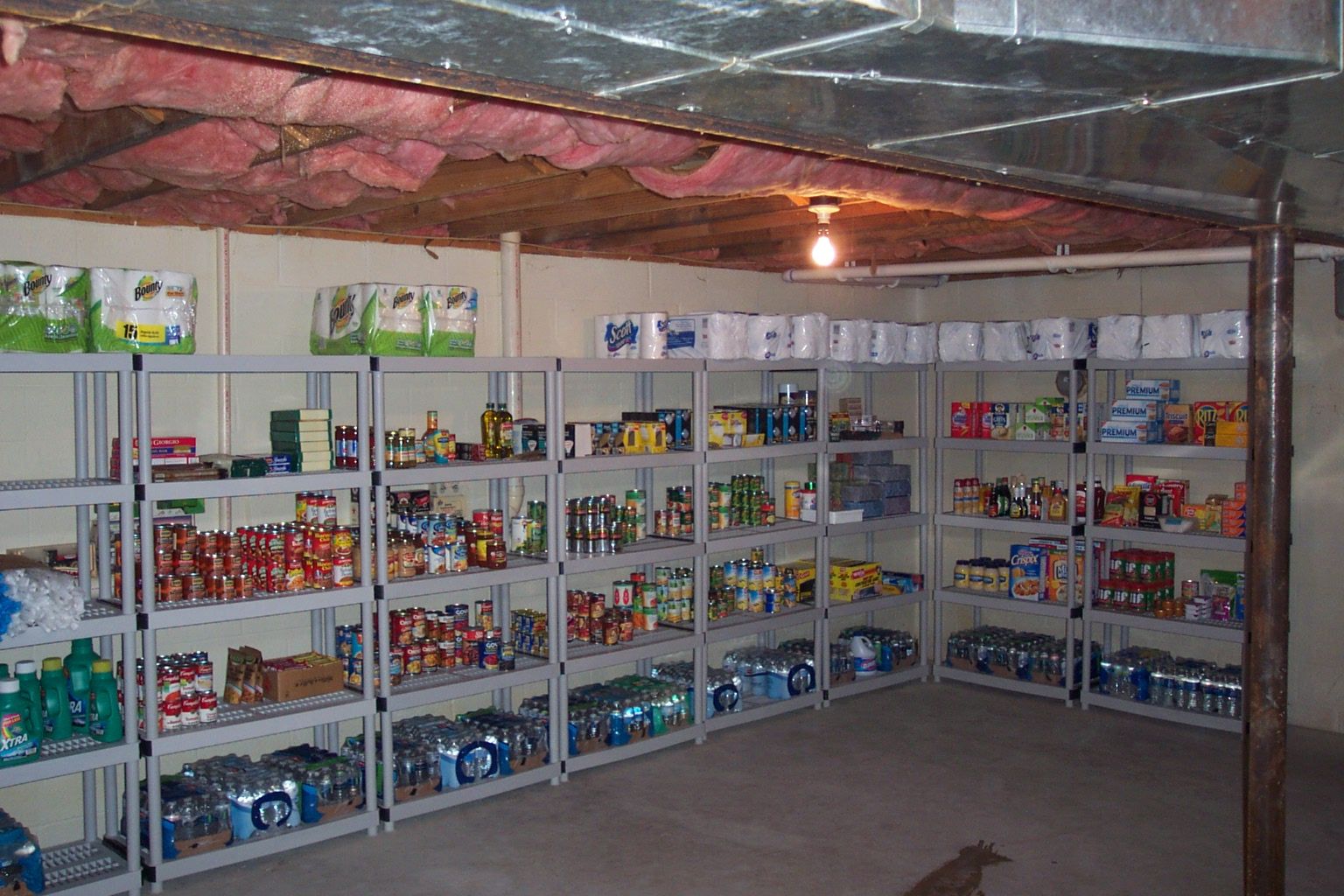

Articles
How To Organize Basement
Modified: October 18, 2024
Discover the best ways to organize your basement with these helpful articles. Transform your cluttered space into a functional and neat area.
(Many of the links in this article redirect to a specific reviewed product. Your purchase of these products through affiliate links helps to generate commission for Storables.com, at no extra cost. Learn more)
Introduction
Having an organized basement is essential for maximizing the use of this valuable space in your home. Whether you use your basement for storage, a home office, a gym, or even as a living area, keeping it neat and tidy can make a world of difference. A well-organized basement not only enhances the functionality of the space but also makes it easier to find and access items when needed.
However, organizing a basement can be a daunting task, especially if it has become a dumping ground for all the miscellaneous items you don’t know where else to store. But fear not! With some careful planning, decluttering, and the right storage solutions, you can transform your basement into a well-organized and functional space.
In this article, we will guide you through the process of organizing your basement from start to finish. We’ll cover everything from assessing the basement space and decluttering to creating storage zones and choosing the right storage solutions. So, let’s get started on transforming your basement into an organized haven!
Key Takeaways:
- Transform your basement into a well-organized and functional space by assessing the layout, decluttering, creating storage zones, and utilizing various storage solutions. Maximize vertical space and maintain organization for easy access to belongings.
- Maintain an organized basement by implementing regular cleaning, decluttering, and monitoring of storage solutions. Involve the whole family in maintaining the space and practice habits such as immediate item return and regular inventory updates.
Read more: How To Get Basement Smell Out Of Basement
Assessing the Basement Space
The first step in organizing your basement is assessing the available space and understanding its layout and limitations. This will help you plan and optimize the organization process effectively.
Start by measuring the dimensions of your basement and taking note of any architectural features such as columns, windows, or obstructions that might affect the placement of storage units. Consider the ceiling height as well, as this will determine the type of storage solutions you can utilize, particularly if your basement has a low ceiling.
Next, evaluate the condition of your basement. Take note of any leaks, dampness, or potential water issues that may require addressing before proceeding with the organization process. It’s important to ensure that your basement is dry and free from any moisture problems to protect your stored items.
Consider the purpose of your basement and how you want to use the space. Will it primarily be used as a storage area, or do you plan to have a specific function for different zones? This will help determine the layout and organization strategy.
Take stock of the current items stored in your basement. Sort through them and identify what you want to keep, donate, sell, or discard. This step is crucial in decluttering your basement and creating a clean slate for better organization.
Finally, assess any existing storage systems or shelving units in your basement. Evaluate their condition and effectiveness in utilizing the available space. Determine if they need to be repaired or replaced with more efficient storage solutions.
By thoroughly assessing the basement space, you’ll gain a better understanding of its potential and limitations. This knowledge will guide you in making informed decisions on how to best organize and optimize your basement for your specific needs and preferences.
Decluttering and Sorting
Once you have assessed your basement space, it’s time to tackle the daunting task of decluttering and sorting through your belongings. Decluttering is essential to create a more organized and manageable space.
Start by categorizing your items into different groups, such as seasonal decorations, sports equipment, tools, or sentimental items. This will help you get a clear picture of what you have and how to organize them effectively.
As you sort through your belongings, be ruthless in your decision-making process. Ask yourself if you truly need or use each item. If it’s broken, damaged, or hasn’t been used in years, it’s time to let go. Consider donating or selling items that are in good condition but no longer serve a purpose for you.
Designate separate piles or boxes for items to keep, donate, sell, or discard. This will make it easier to stay organized and ensure you don’t accidentally keep things you no longer need.
As you declutter, take the opportunity to clean and dust your items. This will not only freshen them up but also make the organizing process more enjoyable when you place them back in their designated storage areas.
Dispose of items you have decided to discard responsibly. Consider recycling or properly disposing of any hazardous materials or electronic waste. Check with your local waste disposal facilities for guidance on how to properly dispose of these items in an environmentally friendly manner.
By decluttering and sorting through your belongings, you’ll not only create more space in your basement but also make it easier to find and access items in the future. Plus, you’ll have a clearer vision of what storage solutions will work best for your needs.
Creating Storage Zones
After decluttering and sorting your belongings, the next step in organizing your basement is to create dedicated storage zones. By assigning specific areas for different categories of items, you’ll make it easier to locate and access what you need.
Start by dividing your basement into zones based on the types of items you have and how you plan to use the space. For example, you can have a zone for seasonal decorations, another for sports equipment, one for tools, and so on.
Consider the frequency of use when creating these zones. Items that you use more frequently should be placed in easily accessible areas, while those that are used less often can be stored in less accessible areas.
When creating storage zones, it’s essential to consider the size and shape of your items. Larger items, such as furniture or bulky sports equipment, may require their own dedicated space. Smaller items, on the other hand, can be grouped together in labeled containers or bins.
Utilize the space beneath staircases, in corners, or along walls to create storage zones. This will allow you to maximize the available space while keeping your items organized and easily accessible.
Label each storage zone clearly to minimize confusion and ensure items are returned to the correct location. This will save you time and effort when searching for specific items in the future.
Consider the needs of each storage zone and customize the storage solutions accordingly. For example, if you have a zone for tools, you may want to install a pegboard or a tool rack to keep them organized and easily accessible.
Remember to leave enough space between storage zones to allow for easy movement and access. This will prevent any clutter or congestion and make it more convenient to retrieve items when needed.
Creating storage zones in your basement will not only help you keep your belongings organized but also make it easier to maintain the organization over time. Having designated areas for different categories of items will help streamline the process of finding and storing items, making your basement a functional and efficient space.
Choosing Storage Solutions
Once you have created storage zones in your basement, it’s time to choose the right storage solutions that will effectively accommodate your belongings and maximize the use of available space. There are various storage options to consider, depending on the size and type of items you need to organize.
Shelving units are a versatile and popular storage solution for basements. They can be freestanding or wall-mounted, allowing you to make use of vertical space. Invest in sturdy and adjustable shelving units that can hold heavy items and be tailored to fit the specific dimensions of your basement.
Plastic bins or storage containers are excellent for storing smaller items or items that need protection from moisture or dust. Opt for clear containers to easily see the contents and label them for quick identification. Stackable bins are especially useful to maximize space utilization.
Purchase storage cabinets or lockers if you have larger items or items that you want to keep out of sight. Cabinets with doors can create a more organized and visually appealing space while protecting your belongings from dust and damage. Consider investing in moisture-resistant cabinets if your basement is prone to dampness.
Pegboards and hooks are a useful storage solution for keeping tools, gardening equipment, or sports gear organized and easily accessible. Install a pegboard on the wall and hang hooks or specialized organizers to store items with handles or hanging options.
Wall-mounted or ceiling-mounted racks can be used to store bicycles, ladders, or other large items that would otherwise take up valuable floor space. These racks keep the items securely in place and make them easily accessible when needed.
Consider utilizing under-shelf or over-door storage options to maximize space efficiency. These accessories can be attached to existing shelves, allowing you to store smaller items or frequently used items within easy reach.
When choosing storage solutions, keep in mind the weight capacity, durability, and compatibility with your basement’s layout. Select high-quality materials that can withstand the conditions of your basement, such as potential moisture or temperature fluctuations.
Lastly, ensure that the storage solutions you choose are visually appealing and fit the overall aesthetic of your basement. This will create a harmonious and inviting space that you’ll be motivated to maintain and keep organized.
By carefully selecting the right storage solutions for your basement, you’ll create a functional and efficient space that accommodates your items while maximizing the available area.
Read more: How To Ventilate A Basement
Maximizing Vertical Space
One of the key strategies in organizing your basement is to maximize the use of vertical space. Since basements often have lower ceilings, utilizing the walls effectively can help create more storage capacity and keep the floor area clear.
Here are some tips on how to maximize vertical space in your basement:
- Install wall-mounted shelves: Consider installing sturdy and adjustable wall-mounted shelves to store items such as books, storage bins, or display items. Make use of the entire height of the basement walls to maximize storage capacity.
- Use floating shelves: Floating shelves are a great option if you want a sleek and modern storage solution. They can be installed at varying heights and widths, allowing you to customize the storage space according to your needs.
- Hang items on pegboards: Install pegboards on the walls to hang tools, gardening equipment, or smaller items. This not only keeps them organized but also creates visual interest on the walls.
- Utilize overhead storage: Install overhead storage racks to take advantage of the space near the ceiling. These racks can be used to store items that are less frequently used or seasonal items.
- Consider vertical cabinets: Vertical storage cabinets or bookcases can provide ample storage space while occupying minimal floor space. Opt for tall cabinets that reach the ceiling to maximize storage capacity.
- Hang items from the ceiling: Utilize hooks, racks, or hanging systems suspended from the ceiling to store items such as bicycles, sports equipment, or tools. This keeps them off the floor and creates more usable space.
- Use wall-mounted bins or baskets: Install wall-mounted bins or baskets to store smaller items or frequently used items. This keeps them easily accessible while freeing up countertop or floor space.
Remember to consider the weight capacity and stability of the storage solutions when maximizing vertical space. Ensure that any wall-mounted or overhead storage is properly secured to avoid accidents or damage.
By utilizing the vertical space in your basement, you’ll create more storage capacity and keep the floor area clear, making the space feel more organized and functional.
Use clear plastic storage bins to organize items in your basement. Label each bin with its contents for easy identification. Stack the bins to save space and keep the area tidy.
Utilizing Shelving Units
Shelving units are a versatile and essential storage solution for organizing your basement. They provide a sturdy and efficient way to store and display items while maximizing the use of available space. Here are some tips on how to effectively utilize shelving units in your basement:
- Choose the right type of shelving: Consider the type of items you will be storing and select the appropriate shelving units. For heavy items or bulkier belongings, opt for industrial-grade metal shelving units. For lighter items or decorative displays, wooden or wire shelving units work well.
- Adjustable shelves: Look for shelving units with adjustable shelves so you can customize the space between shelves to accommodate different item heights and sizes. This flexibility ensures maximum use of the shelving unit and allows for future reconfiguration as needed.
- Consider open or closed shelving: Decide whether you prefer open shelving units or those with doors or bins. Open shelves provide easy access and visibility of items, while closed shelves with doors or bins create a cleaner and more visually appealing look.
- Utilize vertical space: Make the most of the vertical space by ensuring your shelving units reach the ceiling. This creates additional storage capacity and prevents wasted space. Just make sure the shelves are securely anchored to the wall for stability.
- Group similar items together: Organize your items on the shelving units by grouping similar items together. This makes it easier to find and retrieve items when needed. Consider using bins or storage containers to further categorize and organize items.
- Label shelves and bins: Use labels or tags to clearly identify the contents of each shelf or bin. This helps maintain organization and makes it easier to locate specific items. Consider using color-coded labels for different categories of items.
- Balance weight distribution: When loading your shelving units, distribute the weight evenly across the shelves. Heavier items should be placed on lower shelves to prevent toppling or instability. Be mindful of weight limits specified by the manufacturer.
- Maintain a clean and clutter-free look: Regularly declutter and organize the items on your shelving units to maintain a neat and clutter-free appearance. Remove any items that are no longer needed or that don’t belong in the basement to keep the space organized and functional.
Using shelving units in your basement provides an excellent opportunity to make efficient use of vertical space and keep your belongings well-organized. By following these tips, you’ll be able to maximize the functionality and aesthetic appeal of your basement storage area.
Building Custom Cabinets
Building custom cabinets is a great way to optimize storage space in your basement while creating a customized and organized solution that fits your specific needs. Whether you have unique requirements or want to maximize storage in specific areas, here are some tips for building custom cabinets:
- Plan your design: Start by measuring the space where you want the cabinets to be installed. Consider the dimensions, layout, and any existing features such as windows or columns. Decide on the overall design and configuration of the cabinets based on your storage needs and aesthetic preferences.
- Select the right materials: Choose high-quality materials that are suitable for the basement environment, such as moisture-resistant plywood or MDF (medium-density fiberboard). Consider the finish or paint that will withstand potential dampness or temperature changes.
- Consider your storage needs: Determine the specific types of items you want to store in the cabinets. This will help you design the interior shelving, drawers, or compartments to accommodate those items. Consider adjustable shelves or pull-out organizers for added flexibility.
- Utilize vertical space: Make use of the full height of the basement by extending the cabinets to the ceiling. This maximizes storage capacity and eliminates wasted space. Consider adding crown molding or decorative trim to create a polished and cohesive look.
- Customize the interior: Add features such as built-in compartments, hooks, or racks to store specific items more efficiently. Customizing the interior of the cabinets ensures that every inch of space is utilized effectively and tailored to your needs.
- Ensure stability and support: When building custom cabinets, ensure they are securely anchored to the wall or floor for stability. Use appropriate hardware and brackets for support, and consider reinforcing heavy load-bearing areas.
- Add finishing touches: Once the cabinets are built and installed, add finishing touches to enhance their appearance. Apply a protective finish or paint that is resistant to moisture and easily cleanable. Consider adding stylish knobs or handles that complement the overall aesthetic of your basement.
- Maintain organization: Regularly declutter and organize the items inside your custom cabinets to maintain an organized and functional space. Use labels or tags to identify the contents of each cabinet, and periodically review and adjust the storage configurations as needed.
Building custom cabinets in your basement provides a tailored storage solution that maximizes space and meets your specific storage needs. With careful planning and proper execution, you can create a well-organized and visually appealing storage system that enhances the functionality of your basement.
Utilizing Pegboards and Hooks
Pegboards and hooks are a versatile and practical storage solution for your basement, allowing you to keep tools, equipment, and other items organized and easily accessible. By utilizing pegboards and hooks effectively, you can make the most of your wall space and create a functional storage system. Here are some tips on how to utilize pegboards and hooks in your basement:
- Choose the right pegboard: Select a high-quality and durable pegboard that can support the weight of your items. Opt for a pegboard with evenly spaced holes to ensure compatibility with various hooks and accessories.
- Plan the layout: Before installing the pegboard, plan the layout based on the items you want to hang. Consider the size and shape of the items and allow for enough space between them to prevent overcrowding. Place frequently used items within easy reach.
- Install the pegboard: Mount the pegboard securely to the wall, ensuring it is level and well-supported. Use appropriate anchors and screws to ensure stability. Consider using a spacer behind the pegboard to allow for airflow and prevent moisture build-up.
- Select the right hooks and accessories: Choose hooks and accessories that are suitable for the items you want to hang. There are a variety of hooks available, including straight hooks, curved hooks, double hooks, and specialized holders for specific tools or equipment. Match the size and weight capacity of the hooks to your items.
- Organize by category: Group similar items together on the pegboard. Hang tools, gardening equipment, or smaller items within their own designated section. This will make it easier to find what you need and keep your basement organized.
- Consider additional accessories: Aside from hooks, there are various accessories you can add to your pegboard for enhanced organization. This includes shelves, bins, and magnetic holders that can hold smaller items or objects with magnetic properties.
- Label and outline: To maintain organization, label the hooks or use outlines to indicate where each item belongs. This will make it easier to return items to their proper place after use and keep the pegboard system tidy and visually appealing.
- Regularly assess and adjust: Periodically assess the items on the pegboard to ensure they are still needed and in good condition. Adjust the hooks and layout as needed to accommodate any changes or additions to your tool or equipment collection.
By utilizing pegboards and hooks in your basement, you can create an efficient and organized storage system. Take advantage of the vertical wall space, keep items easily accessible, and enjoy the benefits of a clutter-free and functional basement.
Read more: How To Insulate A Basement
Labeling and Categorizing Items
Labeling and categorizing items in your basement is a crucial step in maintaining organization and ensuring that everything is easily accessible when needed. By clearly labeling and categorizing items, you’ll save time searching for specific items and maintain a systematic approach to organizing your basement. Here are some tips for effective labeling and categorizing:
- Create a labeling system: Develop a consistent labeling system that works for you. You can use color-coded labels, alphabetical order, numerical codes, or a combination of these methods. Choose a system that is intuitive and makes sense to you and anyone else who may need to find items in your basement.
- Label storage containers: Label each storage container or bin to clearly indicate its contents. Use clear labels or tags that are easy to read, and include specific details about what is inside. This will prevent the need to rummage through multiple containers to find what you’re looking for.
- Use descriptive labels: Be specific and descriptive with your labels. Instead of simply writing “Kitchen Utensils,” specify the type of utensils, such as “Spatulas and Whisks.” Adding descriptive labels will make it easier to locate specific items and ensure that they are returned to the correct place after use.
- Consider label placement: Place labels where they are easily visible and accessible. For example, on the front or side of storage containers facing outward, or on the shelves or cabinets where items are stored. Make sure the labels are not obstructed by other items and are easy to read.
- Group items by category: Categorize similar items together based on their purpose or usage. For example, group all gardening tools in one area, sporting equipment in another, and holiday decorations in a separate section. This makes it easier to find specific items and maintain a sense of order.
- Label shelves and zones: Label shelves, zones, or areas in your basement to clearly identify the purpose or category of items in that particular space. For example, label a shelf as “Power Tools” or designate an area as “Sports Equipment.” This provides a visual reference and helps ensure that items are returned to their proper place.
- Regularly update and review: Periodically review and update your labeling system as needed. As your storage needs and inventory change, adjust labels accordingly. Remove labels for items you no longer have or add new labels for newly acquired items.
Labeling and categorizing items is a small effort that goes a long way in maintaining an organized basement. By investing time in clearly labeling and categorizing your items, you’ll save time and frustration in the long run and maintain a well-organized and efficient storage space.
Maintaining an Organized Basement
Once you’ve organized your basement and created an efficient storage system, the next step is to maintain its organization over time. Regular maintenance is essential to prevent clutter from accumulating and ensure that everything remains orderly and accessible. Here are some tips for maintaining an organized basement:
- Designate a specific spot for each item: Assign a dedicated spot for each item in your basement. This ensures that everything has its place and can be easily found and returned after use. Resist the temptation to leave items lying around or toss them into random storage areas.
- Put items back immediately: Make it a habit to put items back in their designated spots immediately after use. By doing this consistently, you’ll prevent items from piling up and maintain the organization of your basement. Encourage other household members to do the same.
- Regularly declutter: Schedule regular decluttering sessions for your basement. This could be a quarterly or bi-annual activity where you review items, assess their usefulness, and discard or donate anything that is no longer needed. Decluttering helps prevent unnecessary accumulation of items.
- Monitor and adjust storage solutions: Keep an eye on the effectiveness of your storage solutions. Determine if any adjustments or modifications are needed to optimize storage space or accommodate new items. Stay proactive in maintaining the functionality of your storage system.
- Perform regular cleaning: Regular cleaning is essential to maintain a clean and organized basement. Dust shelves, wipe down storage containers, and sweep or vacuum the floor regularly. This not only keeps the space looking tidy but also prolongs the life of your stored items.
- Keep an inventory: Maintain an inventory of the items stored in your basement. This can be a simple list or a digital inventory system, which allows you to keep track of what you have and easily locate specific items when needed. Update your inventory as you add or remove items.
- Review and adjust the layout as needed: Regularly review the organization and layout of your basement storage system. Assess if any changes or adjustments are required to accommodate new items or to improve the efficiency of the space. Be open to reorganizing and adapting your system as your needs evolve.
- Involve the whole family: Encourage all members of the household to take responsibility for maintaining the organization of the basement. Teach them the importance of returning items to their designated spots and keeping the space clutter-free. Delegate specific tasks to family members to ensure shared responsibility.
By implementing these strategies and making organization a priority, you’ll be able to maintain an organized basement that functions efficiently and provides easy access to your stored items. Consistency and regular upkeep are key to ensuring long-term organization and preventing the space from becoming chaotic.
Conclusion
Organizing your basement is a transformative process that not only creates a functional and efficient space but also reduces clutter and provides easy access to your belongings. By following the steps outlined in this article, from assessing the space and decluttering to creating storage zones and utilizing various storage solutions, you can transform your basement into a well-organized haven.
Remember to make use of vertical space by incorporating shelving units, pegboards, and hooks to maximize storage capacity. Custom cabinets can provide tailored solutions to fit your specific needs, while proper labeling and categorizing of items will ensure easy retrieval and maintenance of organization.
Maintaining an organized basement requires regular attention and maintenance. Practice habits such as putting items back in their designated spots immediately after use and decluttering on a regular basis to prevent the accumulation of unnecessary items. Regular cleaning and monitoring of storage solutions will help keep the space in optimal condition.
Organizing your basement not only enhances the functionality and efficiency of the space but also provides peace of mind. You’ll no longer have to search through clutter or worry about not finding what you need. Instead, you’ll have a well-organized space where everything is in its place and easily accessible.
So roll up your sleeves, assess your basement, start decluttering, and create storage solutions that suit your needs. With dedication and consistency, you can turn your basement into a well-organized space that enhances the overall functionality and enjoyment of your home.
Frequently Asked Questions about How To Organize Basement
Was this page helpful?
At Storables.com, we guarantee accurate and reliable information. Our content, validated by Expert Board Contributors, is crafted following stringent Editorial Policies. We're committed to providing you with well-researched, expert-backed insights for all your informational needs.
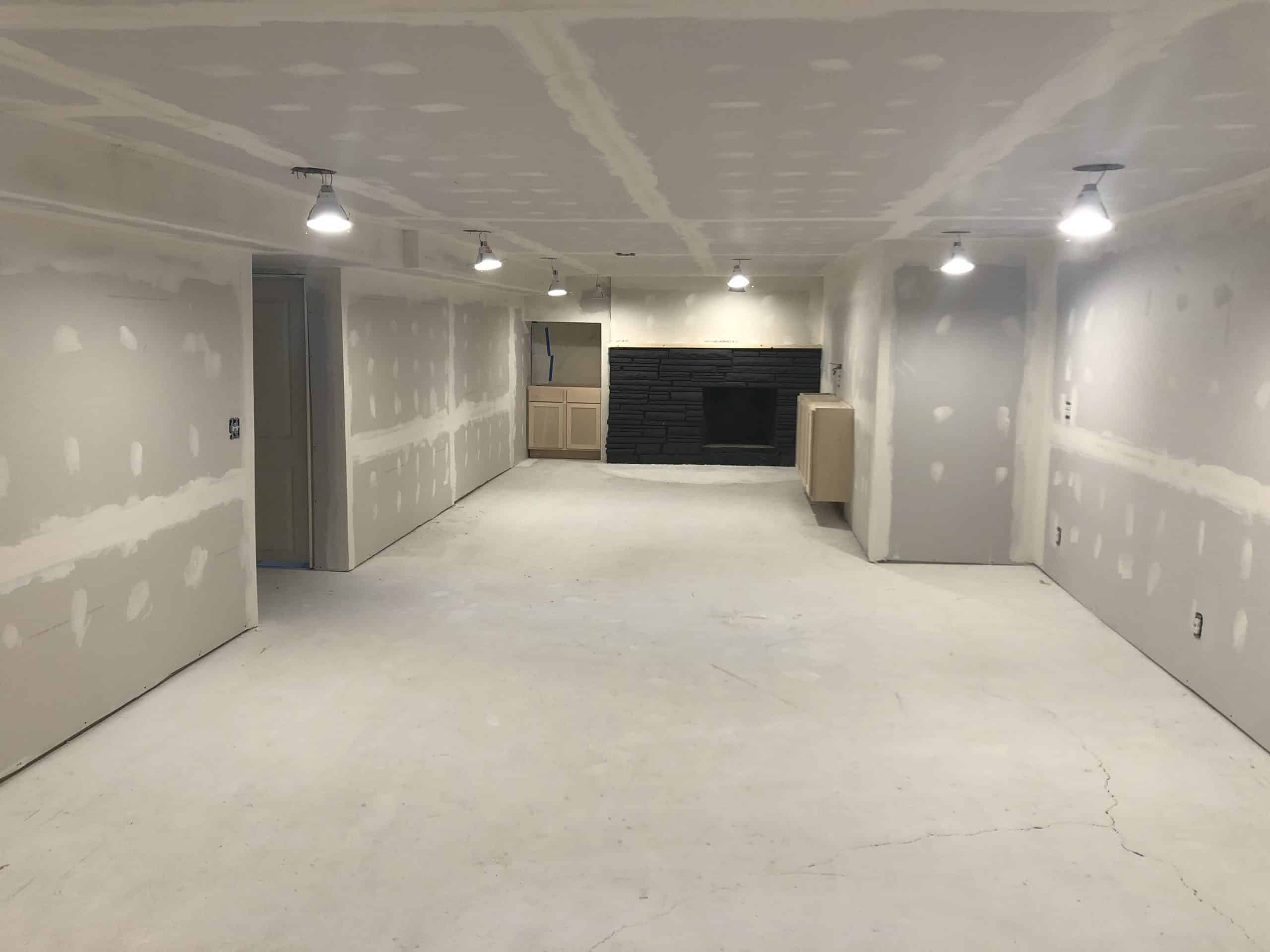
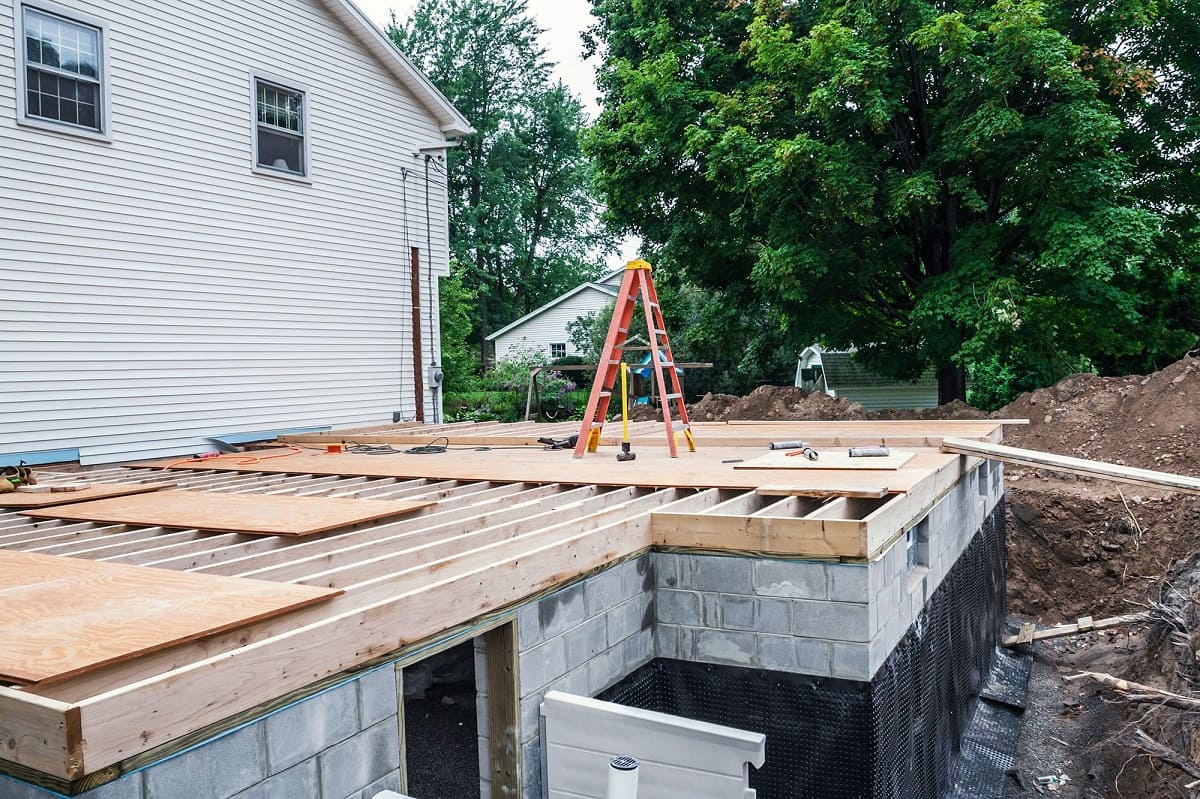
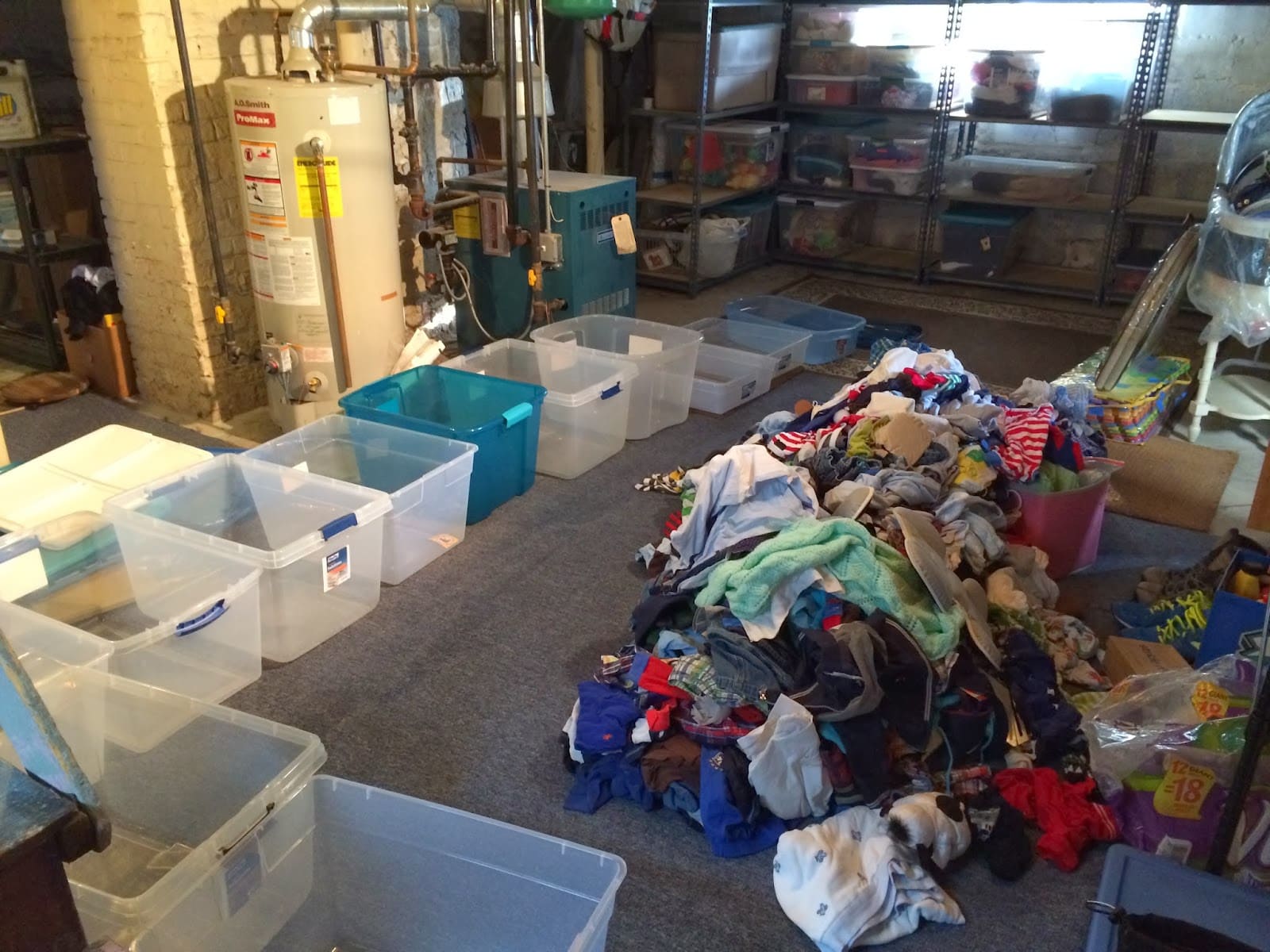
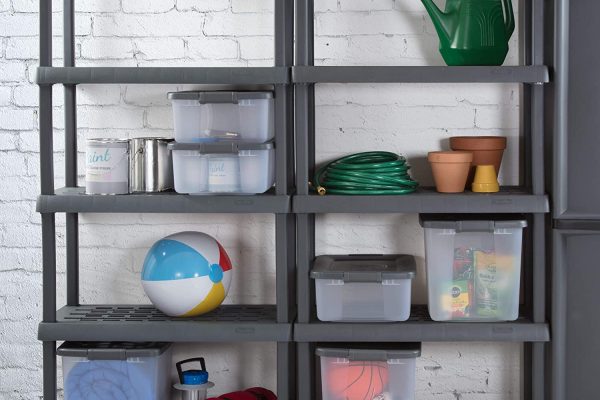
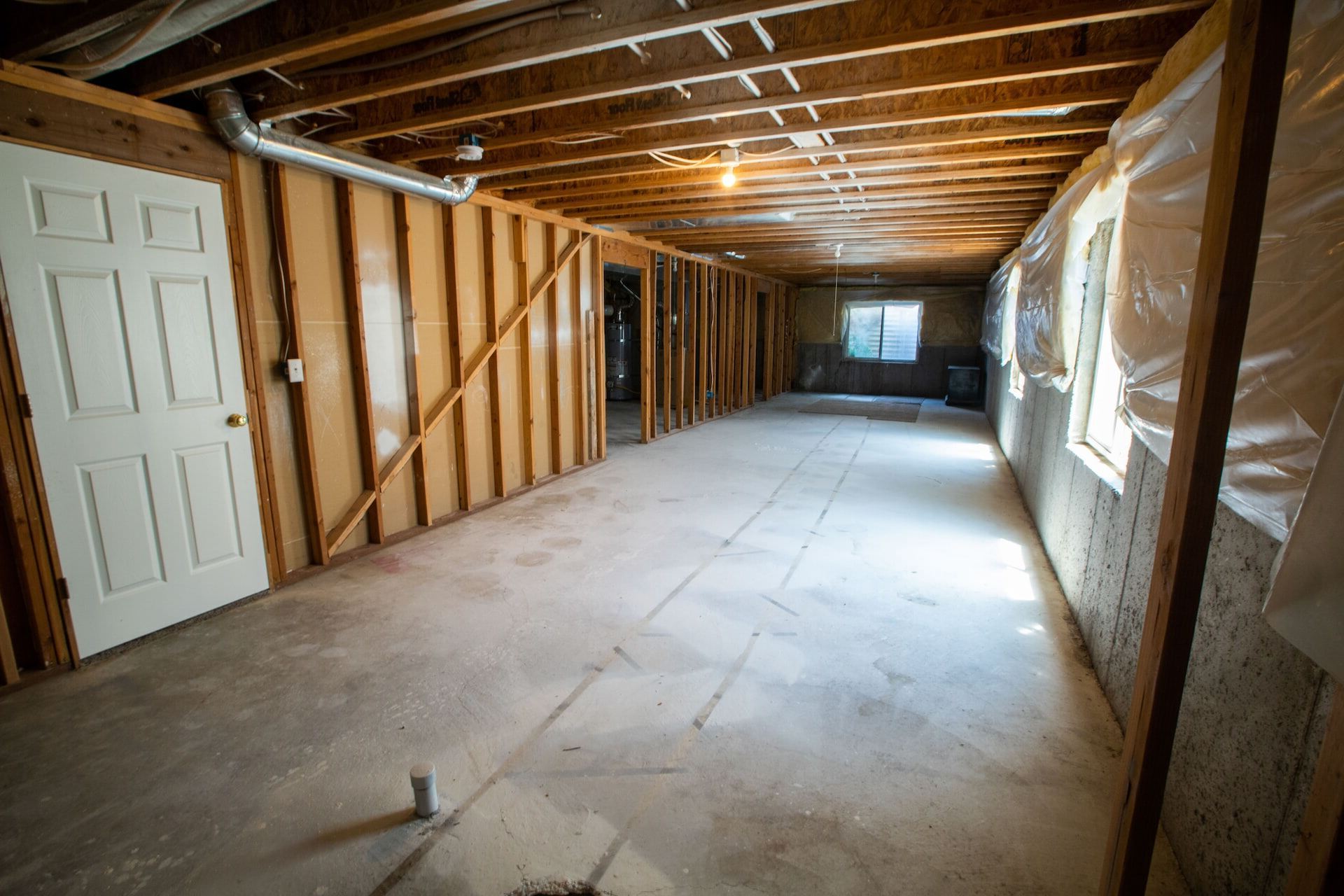
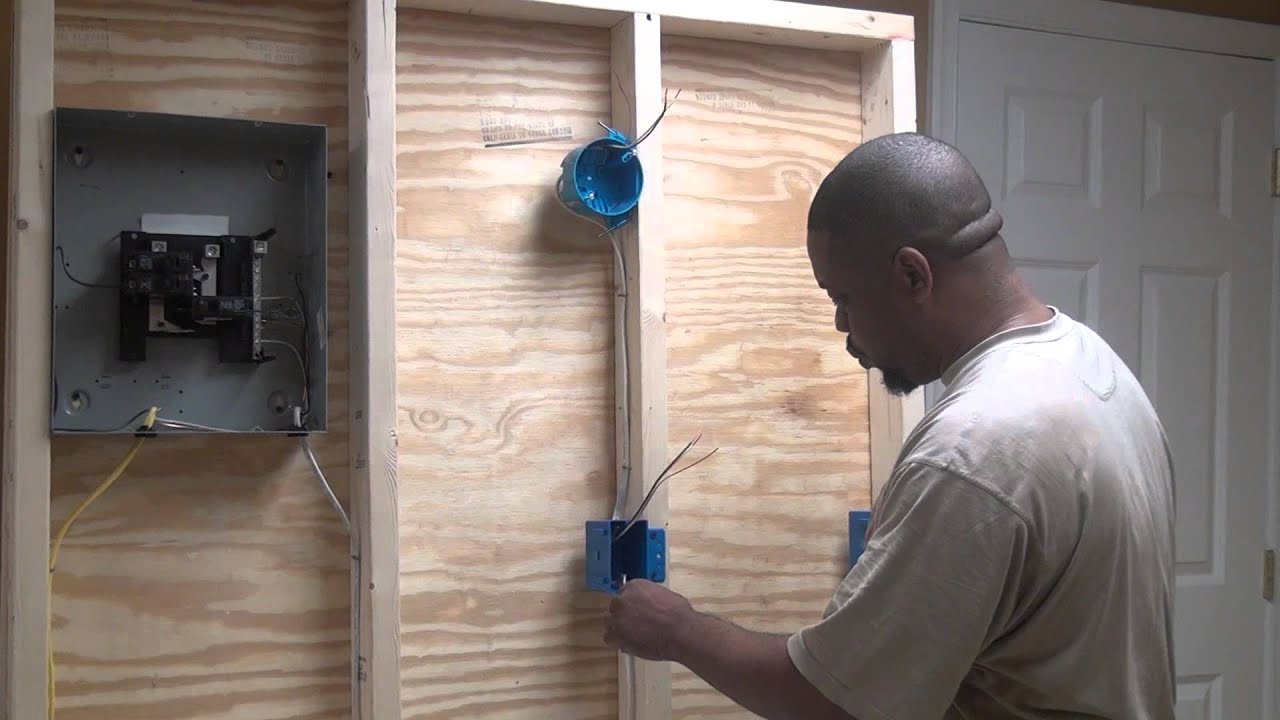



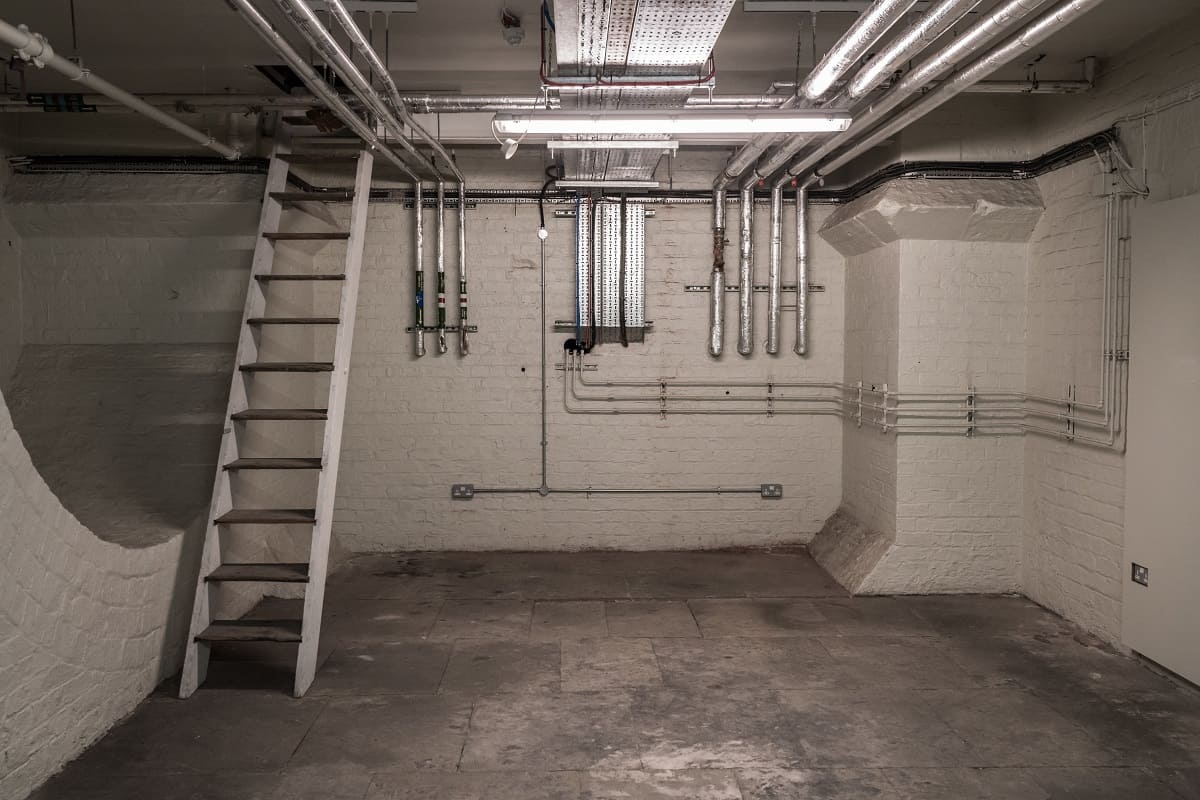
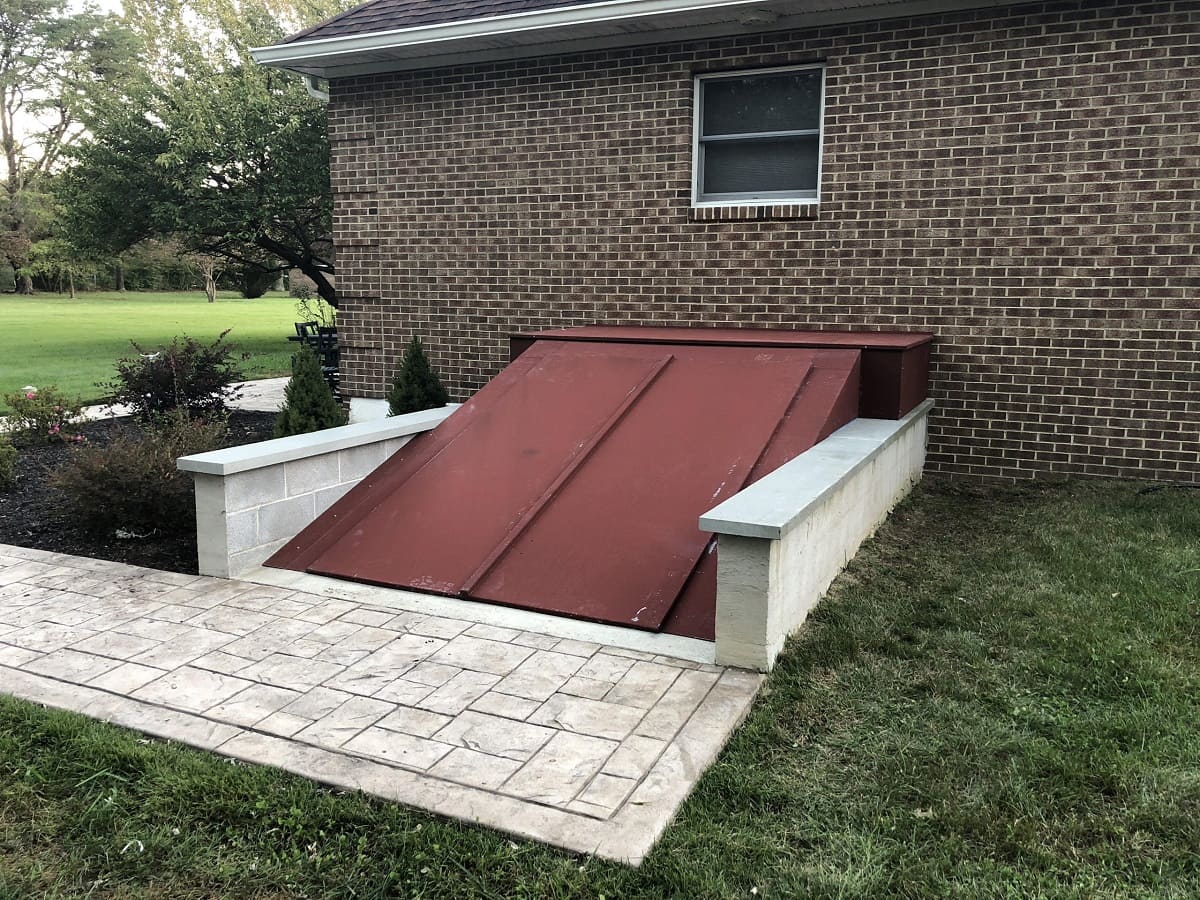
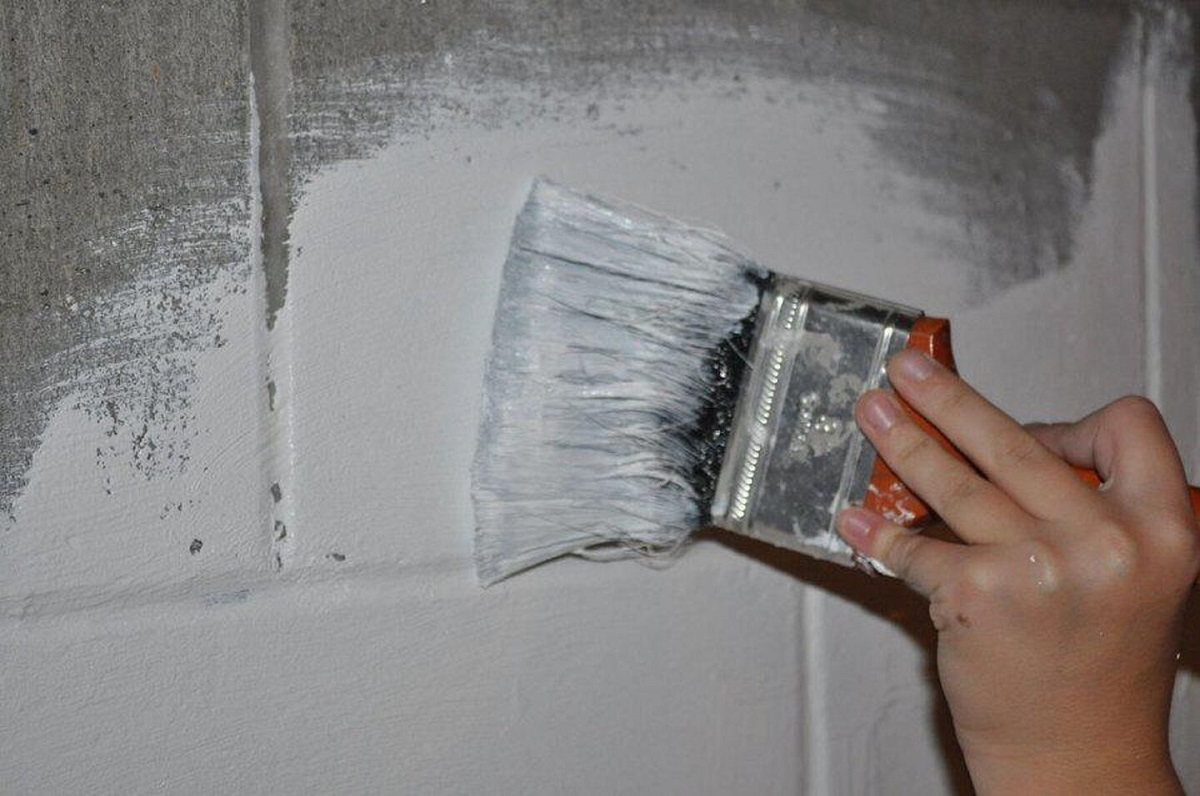
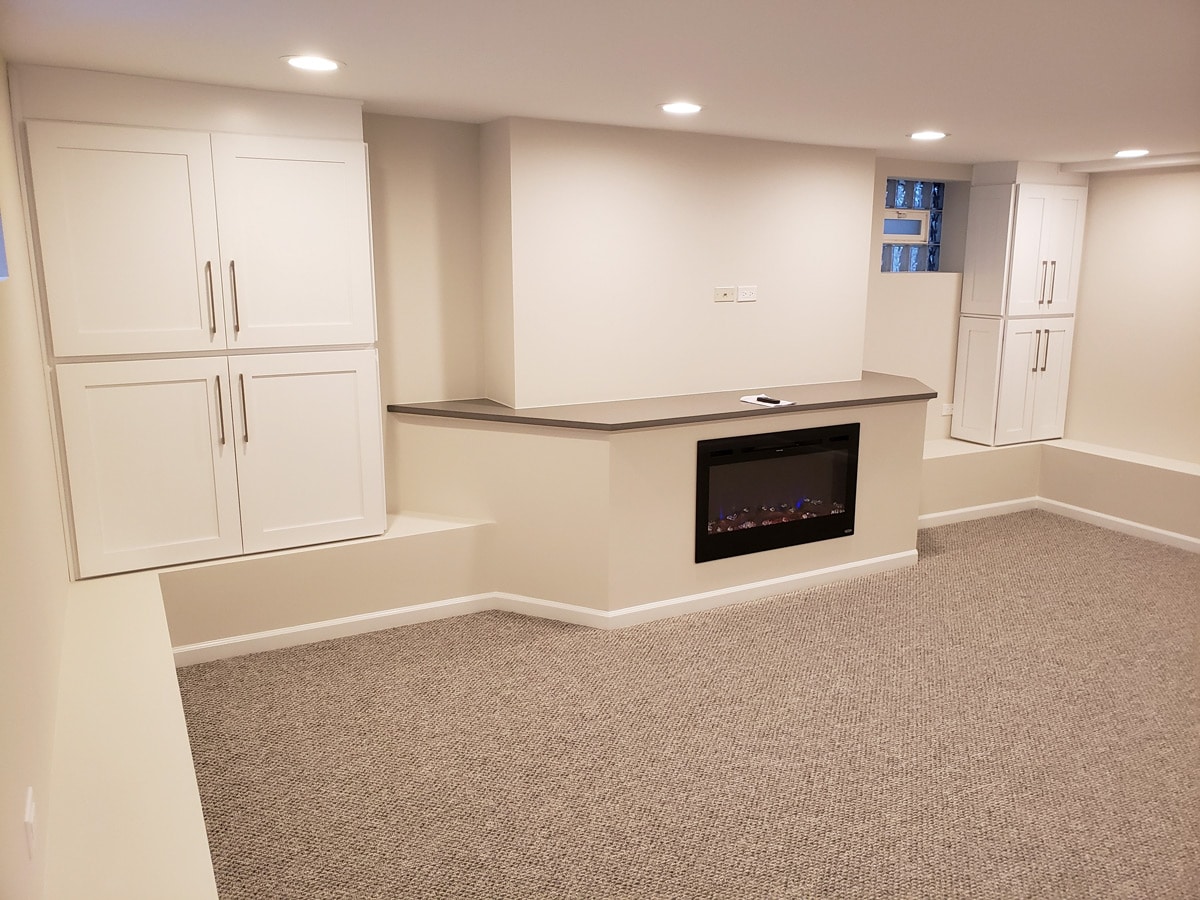

0 thoughts on “How To Organize Basement”